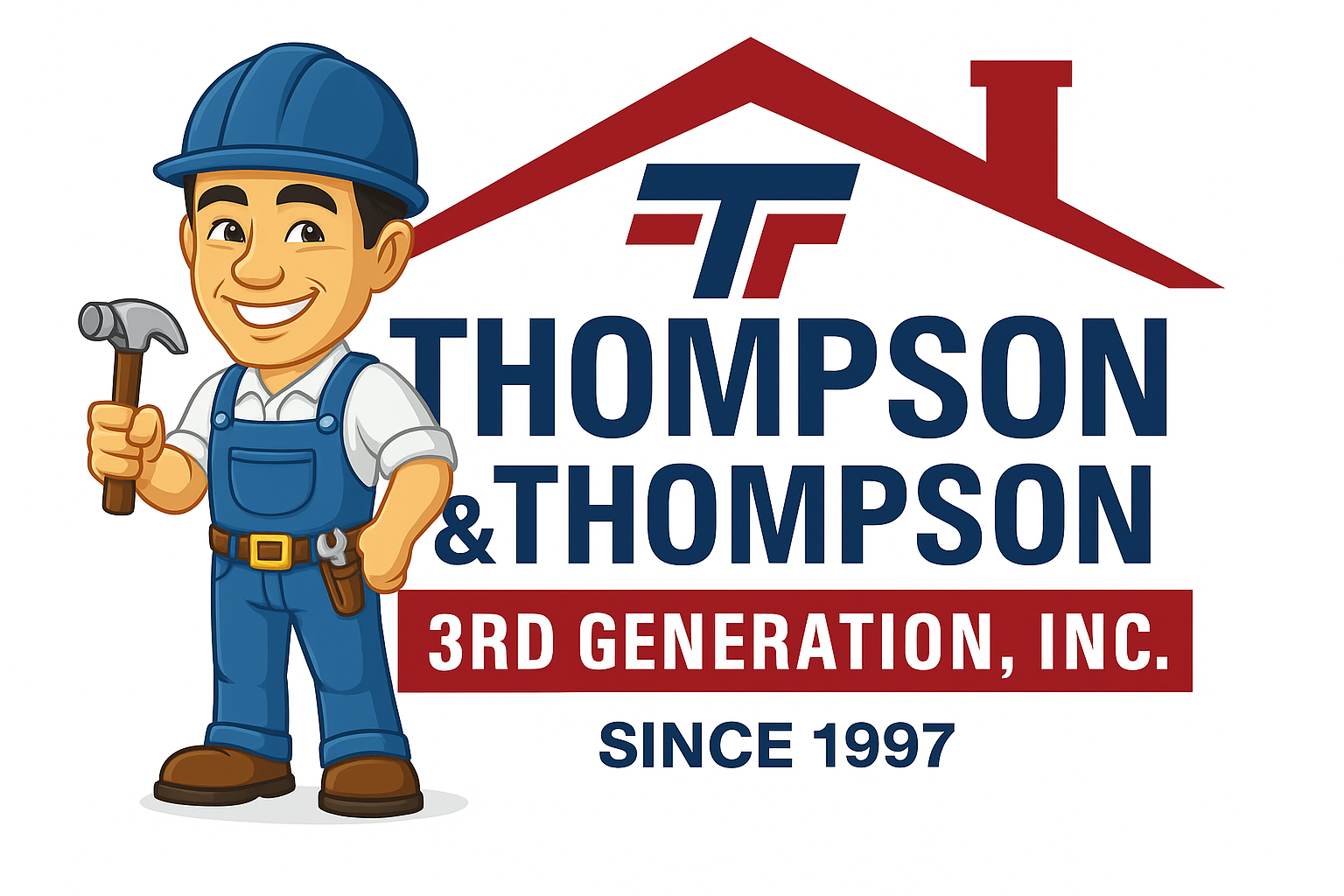Spotting the Signs: How to Identify Roof Damage
Roofs shield homes from harsh weather conditions, but they aren't invincible. Exposure to hail, heavy rain, and high winds can cause significant damage, leading to costly repairs if not detected early. This guide aims to educate homeowners on how to spot the signs of roof damage and the importance of timely intervention.
When it comes to the safety and stability of your roof, it's important to keep a close eye on the weather. Even small storms can lead to lasting impacts on the structural integrity of your roof. Thankfully though, the signs can be quite easy to spot when you know what to be on the lookout for.
Read on to explore the common signs of hail, rain, and wind damage that can impact the health of your roof.
Understanding Roof Damage
Roof damage can take many forms, depending on the severity of the weather event. Hail can dent or crack shingles, while rain can lead to leaks and water damage. High winds, on the other hand, can tear off shingles or cause tree branches to fall onto the roof, causing structural damage.
Early detection is crucial in limiting the extent of damage. By familiarizing oneself with the signs of roof damage, homeowners can address issues before they escalate, saving time and money in the long run.
Identifying Hail Damage
Hail can cause visible dents on shingles and metal roofing components. Look for cracked or bruised shingles or spots that appear darker as these are indicators of hail impact. Dented gutters or downspouts are also common signs of hail damage.
Recognizing Rain Damage
Rain damage often manifests as leaks or water spots on your ceiling or walls. Peeling paint, damp spots around fireplaces, or discoloration on the interior walls or ceilings are signs of potential water intrusion. On the roof, look for curled, cracked, or missing shingles, which could allow water to seep through.
Detecting Wind Damage
High winds can lift or remove shingles, exposing the underlayment and roof deck. Missing shingles, debris accumulation, or granules in gutters are typical signs of wind damage.
Additionally, if you have noticed that your home is taking longer to heat or cool down, this may be a sign that heavy winds have impacted the insulation functionality of your roof.
Performing a Roof Inspection
A pair of binoculars, a sturdy ladder, and safety gear are essential for a roof inspection. Remember, safety comes first. If the roof is steep or high, consider hiring a professional to perform the inspection.
Regular inspections, especially after severe weather, can help detect damage early. Focus on areas like the ridge line and shingles around the roof's edges as these are often more susceptible to damage.
A team of experienced roofers can offer you the peace of mind that you deserve when it comes to your roof. Let the professionals take on the task and determine the extent of your roof troubles. Professional roofers can quickly get to the root cause of your weather-damaged roof and provide you with personalized repair services.
Importance of Timely Repairs
Prompt repairs after detecting roof damage can prevent minor issues from escalating into significant problems. It can also help maintain the roof's structural integrity, extend its lifespan, and enhance the home's curb appeal.
Remember, while DIY inspections are valuable, nothing replaces the expertise of a professional roofing contractor. They can spot subtle signs of damage and recommend appropriate solutions.
At Thompson & Thompson 3rd Generation Roofing, Inc., we're experts in diagnosing and repairing roof damage. If you've detected any signs of roof damage or need a professional inspection, don't hesitate to reach out. Let us help you keep your roof in top shape, protecting your home for years to come.



